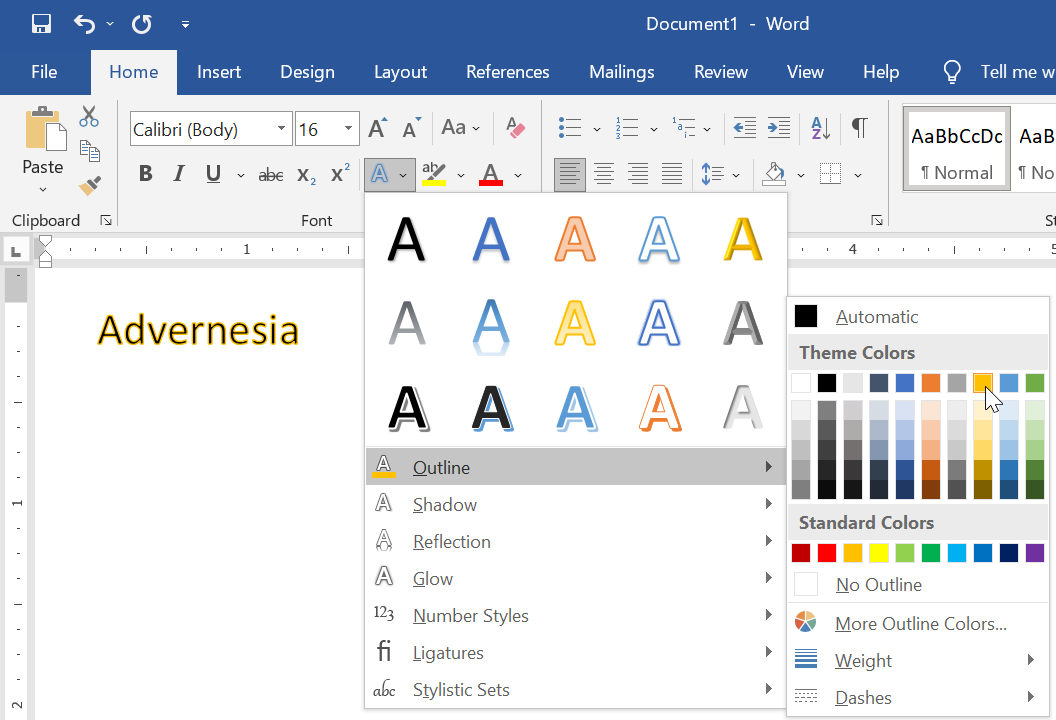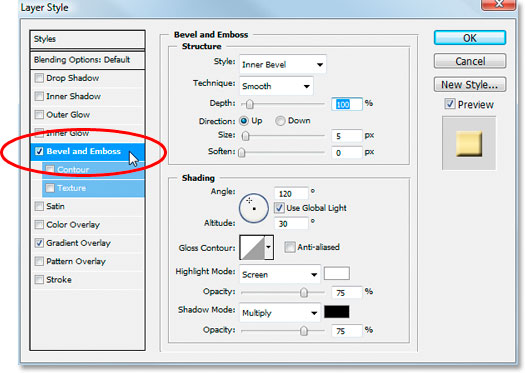

Consequently, he allows the communication of information which is constantly renewed in a sequential manner. Cycle : This is a SmartArt graphic with which a repeating or circular process is usually illustrated.Thus, it can be used to present the schedule of expenses of a company, to show decision trees or to show a family of products, for example. Hierarchy : As its name suggests, it is a graph that offers the possibility of presenting any information hierarchically or in a phased manner.It is therefore ideal to show the evolution of a certain process and / or explain each of its phases in order to to achieve a specific result. Process : This is an illustration with repeating shapes and a long curvy arrow from which each step can be connected.While, he allows you to add image shapes to highlight the text through a demonstrative drawing. List : It is a design that maintains the idea of the list vertically and is used to make the main points of a text gain more impact and visibility with readers.Here we let you know what these guys are and what they talk about: Which, mainly, are adapted to the needs of each user to express the information he wants. What are all of the types of SmartArt graphics that I can use in Word?Īs we mentioned earlier, there are several types of SmartArt graphics that can be added to any Word document. Since each of these types provides several different models and even, their design and format Peuvent être changed quickly using the tools provided by Word to better illustrate the message in question. Now, once you have chosen the right type of SmartArt to present your ideas or arguments, you have the option to further customize the graph. Taking into account that each of the existing copies is suitable for a specific function. In this sense, visualize how you prefer the content to be displayed and how you want the reader to interpret it, in order to select the type of SmartArt graphic in a timely manner. The most important of these is to ask yourself what you want to convey through this illustration, in order to make a good choice. What should I consider before creating a SmartArt graphic in Word?īefore inserting a SmartArt graphic into a Word document, there are some interesting settings to consider.

In addition, they work for themselves link to live data, use assumption calculations, use specific chart functions, and add captions based on the data. For example, create a radial, polygon, bubble, or combination chart. So, unlike SmartArt graphics, graphics are used to create a graphic with bars, columns, rows, actions or point clouds. While a sketch refers to a fully structured summary of all the content of a document and for that, it must be organized in levels in order to be able to divide it into main and secondary points. Well, as we pointed out earlier, a SmartArt consists of an illustration that allows ideas or arguments to be presented in a visual and orderly manner. However, this are elements that have different uses and, therefore, it should be known when each should be used in this program. In Word, there is a certain similarity between a SmartArt graphic and an outline. SmartArt vs Outline When is it more convenient to use each of them?


 0 kommentar(er)
0 kommentar(er)
